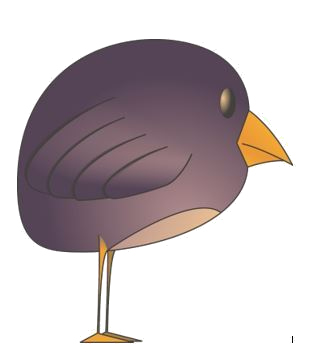Exploring Communication 2 Senior Cycle
Exploring Communication 2 Senior Cycle
Student Worksheets - 114 Pages
Printable and fillable versions included
Teaching slides
Extras include rubric, checklist, cards, extra slides, etc.
See a sample here
Learning outcomes:
Non-verbal communication Students learn that communication can occur using signage and symbols such as flags, colours, visual aids, prompts, emojis, choice boards or visual clues.
a. Engage with a variety of non-verbal communication methods.
b. Demonstrate understanding and ability to use and respond to non-verbal and non-written communication.
c. Demonstrate the use of non-verbal communication to express and share feelings .
d. Demonstrate the use of non-verbal communication to express .understanding of the feelings of others.
e. Follow non-verbal instructions and directions.
f. Initiate, engage or maintain eye contact when being spoken to or otherwise demonstrate attention.
Communicating with others Students learn the importance of paying attention and responding to others. Students are supported here in their engagement with others in an appropriate and meaningful way.
g. Participate in pair work, group work and classroom discussion.
h. Ask questions to progress a task and make suggestions to progress a task when working collaboratively.
i. Increase awareness of appropriate social conventions in all interactions
j. Demonstrate understanding by responding to the stories of others.
k. Identify changes in language styles and tone dependent upon relationship and audience.
l. Distinguish between formal and informal language.
m. Show understanding by following instructions, requests, and explanations
n. Present a story to a group using. sequencing and/or oral vocabulary and /or visual supports..

